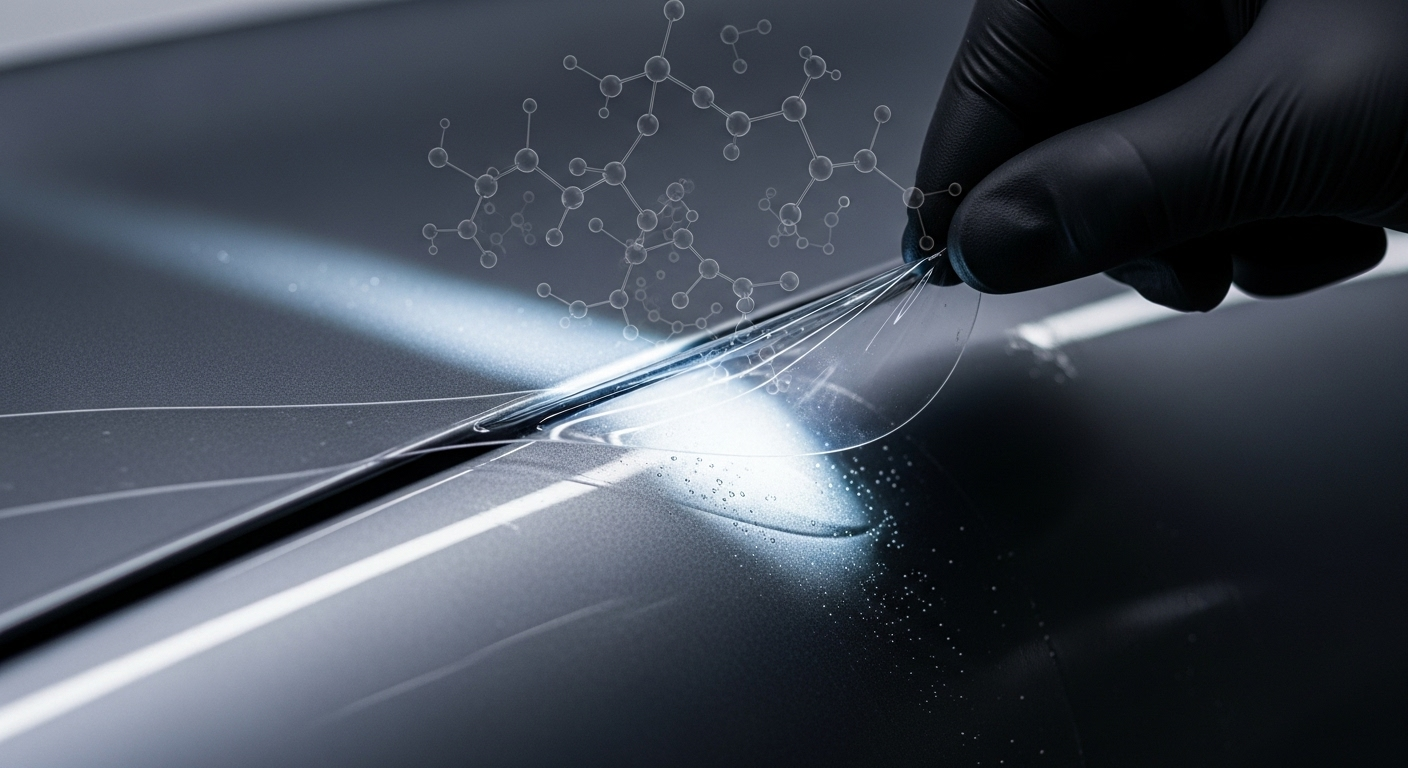Decoding the Secrets of Automotive Paint: Beyond the Surface
The world of automotive paint is a realm where science, artistry, and engineering converge to create the captivating finishes that turn heads on the road. From the earliest days of hand-painted carriages to today's high-tech, multi-layer coatings, the evolution of automotive paint has been a journey of innovation and refinement. This article delves into the fascinating world of automotive paint technology, exploring its history, current advancements, and the impact it has on both aesthetics and functionality in modern vehicles.

The chemistry of automotive paint has evolved significantly over the years. Early paints were oil-based and took weeks to dry. The introduction of nitrocellulose lacquers in the 1920s revolutionized the industry, allowing for faster drying times and more vibrant colors. Today, most automotive paints are either solvent-based or water-based, with the latter gaining popularity due to environmental concerns and stricter regulations.
The Art of Application
Applying automotive paint is a meticulous process that requires skill, precision, and state-of-the-art equipment. Modern paint shops in automotive manufacturing plants are highly automated, using robotic arms to ensure consistent coverage and thickness. The process typically involves multiple layers: primer, basecoat, and clearcoat.
The primer layer serves as a foundation, providing corrosion resistance and improving paint adhesion. The basecoat carries the color and metallic or pearl effects, while the clearcoat adds depth, gloss, and protection against UV rays and environmental contaminants. Each layer is carefully applied and cured, often using infrared or UV light to speed up the process.
Color Psychology and Market Trends
The choice of automotive paint color is far from arbitrary. Automakers invest heavily in color research and development, understanding that a vehicle’s hue can significantly influence consumer perception and buying decisions. Color psychology plays a crucial role in this process, with different shades evoking specific emotions and associations.
For example, silver and gray often convey a sense of sophistication and technology, making them popular choices for luxury and executive vehicles. Red, traditionally associated with sportiness and passion, remains a favorite for performance cars. White, once considered a bland choice, has surged in popularity due to its association with modernity and eco-friendliness.
Market trends in automotive paint colors are cyclical and influenced by various factors, including fashion, cultural shifts, and even economic conditions. In recent years, there has been a growing demand for matte finishes and bold, eye-catching colors as consumers seek to personalize their vehicles and stand out from the crowd.
Nanotechnology: The Future of Automotive Finishes
The frontier of automotive paint technology lies in nanotechnology. Nanoparticles, measuring just billionths of a meter, are being incorporated into paint formulations to enhance various properties. These tiny particles can dramatically improve scratch resistance, self-healing capabilities, and even provide self-cleaning properties.
One exciting development is the creation of superhydrophobic coatings. These nanotech-enhanced finishes cause water to bead up and roll off the surface, taking dirt and debris with it. This not only keeps the vehicle cleaner but also reduces the need for frequent washing, saving water and time.
Another promising application of nanotechnology is in the development of color-changing paints. These finishes contain special nanoparticles that can alter their arrangement when stimulated by an electric current, changing the way they reflect light and, consequently, the perceived color of the vehicle. While still in the experimental stage, this technology could revolutionize vehicle customization and even have practical applications in areas like temperature regulation.
Environmental Considerations and Sustainable Solutions
As environmental awareness grows, the automotive paint industry is under increasing pressure to develop more sustainable solutions. Water-based paints have already made significant inroads, reducing volatile organic compound (VOC) emissions during the painting process. However, the industry is pushing further, exploring bio-based alternatives and developing paints that cure at lower temperatures, reducing energy consumption in manufacturing.
One innovative approach is the development of powder coatings for automotive applications. These solvent-free formulations are applied electrostatically and then cured under heat, resulting in a durable finish with minimal waste and environmental impact. While primarily used for small components and aftermarket applications, research is ongoing to adapt this technology for full-body automotive painting.
The Role of Paint in Vehicle Performance
While often considered purely aesthetic, automotive paint plays a crucial role in a vehicle’s performance and longevity. Modern paint systems act as a barrier against corrosion, protecting the underlying metal from oxidation and environmental damage. This protective function is particularly important in harsh climates where road salt and extreme temperatures can accelerate deterioration.
Moreover, advancements in paint technology are contributing to improved aerodynamics. Extremely smooth finishes reduce air resistance, potentially improving fuel efficiency. Some experimental coatings are even being developed to actively reduce drag by manipulating air flow around the vehicle.
In conclusion, automotive paint is far more than just a pretty face. It represents a fascinating intersection of chemistry, engineering, and design, constantly evolving to meet the demands of manufacturers, consumers, and the environment. As we look to the future, the world of automotive finishes promises to become even more exciting, with smart coatings, sustainable solutions, and cutting-edge technologies pushing the boundaries of what’s possible in vehicle aesthetics and functionality.





